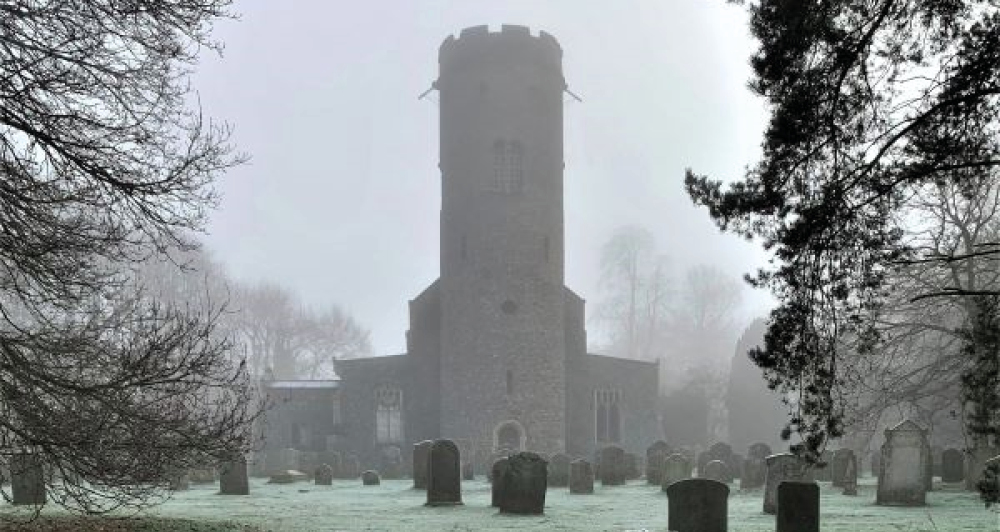Lifeline grants from the Culture Recovery Fund are designed to protect heritage sites and ensure that jobs and access to culture and heritage in local communities are protected during the months ahead.
St Peter’s has been awarded £24,000 for essential surveying and investigative work to determine the causes and extent of water penetration and cracking of flint and stonework which critically threaten this 1000 year old building. It will include assessment of a possible hidden wall painting and a bat roost. The grant comes at a crucial point allowing specifications for competitive tenders to be generated in order to take the essential repair work forward. If left much longer, damage to this much-loved church would have been beyond repair.
Grants of up to £25,000 are being allocated to cherished heritage sites, like St. Peter’s, across the country to cover urgently needed maintenance and repairs. This vital funding comes from a part of the Culture Recovery Fund called the Heritage Stimulus Fund and is administered on behalf of the government by Historic England.
As well as rescuing precious heritage buildings in need, the injection of cash will protect livelihoods for some of the most vulnerable heritage specialists and contractors working in the sector.
Culture Secretary, Oliver Dowden, said: “These grants will help the places that have shaped our skylines for hundreds of years and that continue to define culture in our towns and cities. We’re protecting heritage and culture in every corner of the country to save jobs and ensure it’s there for future generations to enjoy.”
St Peter’s Church has played an important role in the community since it was built around 1000AD. The Grade 1 listed building has what is considered the best Anglo-Saxon round tower in the country with other important Saxon features including herringbone pattern in the flint work. An exceptionally rare 15/16th-century wooden stair in the tower, restored medieval carved pew ends and the 1485 alabaster tomb with rare inlay contribute to its national importance. The church has an active spiritual life with regular services (currently suspended due to COVID restrictions and a fall of plaster) and has also been used for many community events, celebrations and cultural events. Toilets, a small kitchen and improved heating are a vital part of plans to develop this much needed centre for community life.
Reverend Lydia Avery, Priest in Charge of St Peter’s Church, said: “This generous funding from the Culture Recovery Fund, will make a huge difference to the restoration of St Peter’s Church and gives hope to our community for its planned future as a vibrant church and community hub.”
Duncan Wilson, Historic England Chief Executive said: “Historic places across the country are being supported by the Government’s grants awarded under the Culture Recovery Fund. This funding is a lifeline which is kick-starting essential repairs and maintenance at many of our most precious historic sites, so they can begin to recover from the damaging effects of COVID-19.
“It is also providing employment for skilled craft workers who help keep historic places alive and the wheels of the heritage sector turning. Our shared heritage is an anchor for us all in these challenging times and this funding will help to ensure it remains part of our collective future.”


